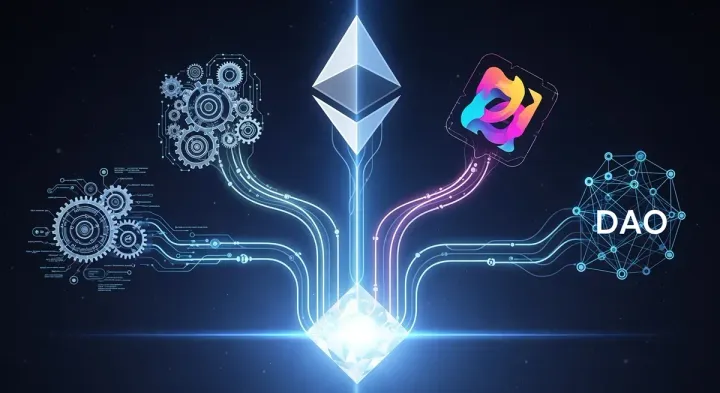
Fighting Corruption with Open Data and Blockchain
Corruption has a devastating impact on the lives of people around the world. When money that should be spent on schools, hospitals, and other essential services ends up in the hands of dishonest officials, everyone suffers. These illicit activities, however, often leave a digital trail. Paradoxically, corrupt schemes frequently rely on legal structures like companies, contracts, and asset registries to launder their proceeds. This is where technology can turn the tables.
The Open Data Foundation
The first step in fighting corruption is illuminating it. Open data—information that anyone can freely access, use, and share—is the foundation of this effort. When governments publish information about public contracts, spending, and corporate ownership as open data, they empower journalists, civil society, and even government officials themselves to “follow the money.”
Silos of information protect corrupt networks. By opening up datasets, we can begin to connect the dots, spot suspicious behavior, and hold individuals accountable. The G20 has already agreed on a common approach for using open data to combat corruption, recognizing its immense potential.
Blockchain: A Ledger of Trust
While open data provides transparency, blockchain adds a crucial layer of trust and security. As a decentralized, immutable, and transparent ledger, blockchain technology offers a powerful tool for recording transactions and information in a way that is resistant to tampering.
This singular combination of permanent record-keeping, real-time transparency, and the ability to automate processes through smart contracts makes it uniquely suited to address vulnerabilities in our current systems.
Five Key Battlegrounds for Transparency
The World Economic Forum has highlighted several key areas where a combination of open data and blockchain could be deployed to significantly reduce corruption.
-
Public Procurement: Government contracting is the single largest source of official corruption worldwide. Opaque vendor selection processes and complex transactions create fertile ground for abuse. A blockchain-based procurement system can enforce transparency, making all bids and payments tamper-evident and publicly auditable.
-
Land Title Registries: In many countries, land registries are incomplete, incorrect, or easily manipulated. A blockchain-based registry can provide a secure, decentralized, and publicly verifiable record of ownership, protecting citizens’ property rights from corrupt officials.
-
Electronic Voting: To increase faith in democratic processes, blockchain offers a way to create secure, transparent, and accessible voting platforms. Its encrypted and immutable nature can help minimize election tampering while protecting voter anonymity.
-
Beneficial Corporate Ownership: Shell companies are a primary tool for laundering money and paying bribes. Blockchain-based registries of beneficial owners can pull back the curtain on these opaque structures, making it harder for criminals and corrupt politicians to hide their activities.
-
Grant Disbursements: The process of disbursing government funds for social programs is often convoluted and inefficient, creating opportunities for financial siphoning. Blockchain can streamline this process, reducing the need for intermediaries and ensuring that money gets to its intended recipients in a transparent and auditable way.
The Human Factor: Challenges to Adoption
However, technology is not a silver bullet. The effectiveness of a blockchain-based system is only as great as the legal and political system in which it operates.
Key limitations include:
- Initial Data Integrity: Blockchain cannot solve the problem of “garbage in, garbage out.” The initial process of gathering, cleaning, and digitizing information must be robust.
- Political Will: The adoption of such transparent systems requires buy-in from politicians and business leaders, many of whom may feel their interests are not served by this level of public auditability.
- The Digital Divide: A system is only effective if people can use it. In regions with low connectivity or technological literacy, these solutions could risk excluding the very people they are meant to serve.
- Perception of Usefulness: As research from Ghana’s anti-corruption sector shows, the adoption of new technology hinges on professionals perceiving it as both useful and easy to use. Without this, even the most powerful tools will be left on the shelf.
The Road Ahead
The fight against corruption requires a multi-faceted approach. Open data and blockchain are not panaceas, but they are incredibly powerful tools that can enhance transparency, accountability, and citizen engagement. By exposing illicit activities to the light of day and securing public records from manipulation, we can begin to build a more just and equitable world.
Sources:


